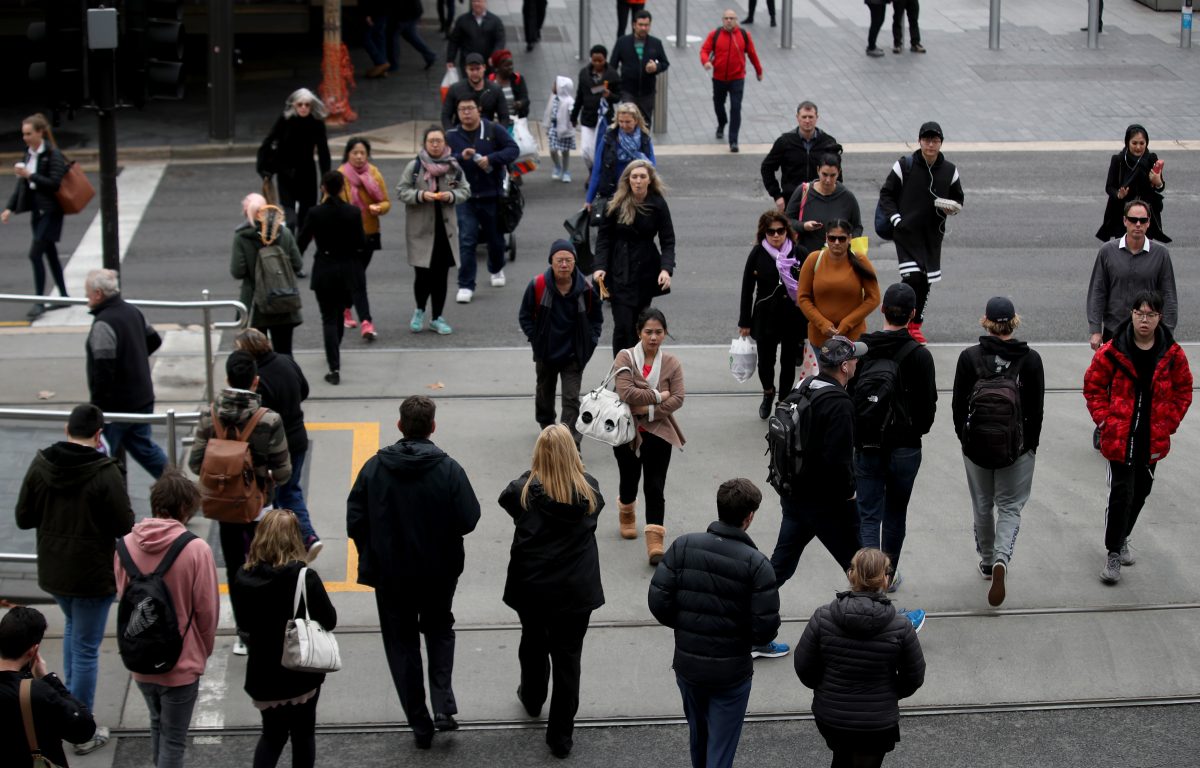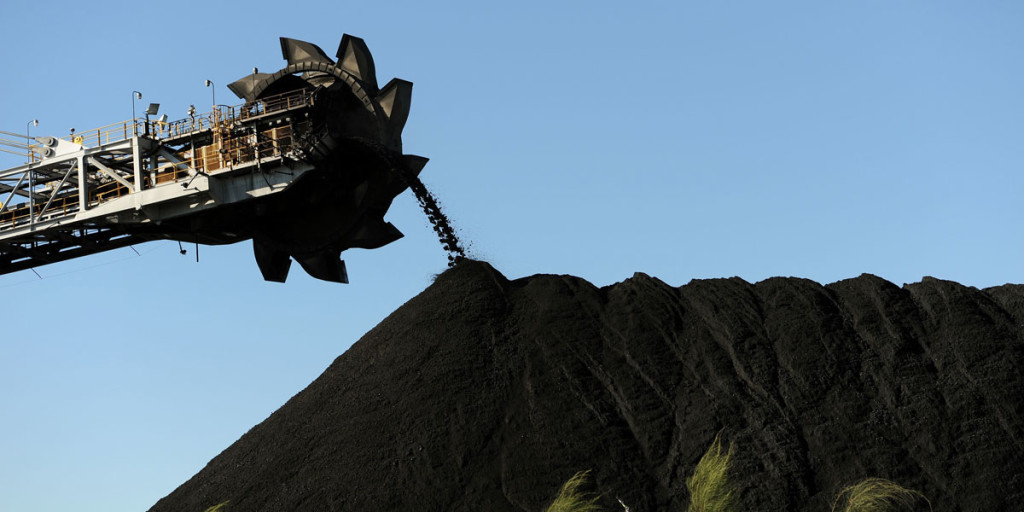Ageing population and climate to change face of economy
Australians will live longer, work less but earn more and the economy will take a $400 billion climate change hit, under the latest Intergenerational Report forecasting how the nation will look in 40 years.

Photo: Lukas Coch/AAP
The sixth report, released on Thursday, predicts that real incomes in 2062/63 will be 50 per cent higher than they are today, with the economy 2.5 times bigger.
Life expectancies are set to increase, with the number of over-65s to double in the next four decades, while over-85s will triple and those more than 100 will increase sixfold.
Population growth is tipped to slow from 1.4 per cent during the past 40 years to 1.1 per cent in the coming four decades.

Photo: AAP /Kelly Barnes
But an ageing population is likely to be one of the leading pressures on the country’s finances, with increased spending on aged and health care as the workforce in the sectors doubles.
Treasurer Jim Chalmers said people living longer would change the face of the economy.
“Moving from a younger to an older population is something we’ve known about for some time now and it’s true that this will put a strain on our budget,” he told the National Press Club.
“In fact, around 40 per cent of the projected increase in spending that’s outlined in the Intergenerational Report is due to us getting older but this will come with a chance to transform our industries in the right way.”
The sixth Intergenerational Report says that by 2063 Australia will reach more than 40 million people.
As the nation ages, the participation rate will drop from 66.6 per cent to 63.8 per cent and the average hours people work will fall to 31 a week, but productivity will continue to rise 1.2 per cent per year.
But it is expected there will be more women and migrants in work, with a significant number of older Australians also working.
The jobless rate it is expected to remain relatively stable over coming decades, currently projected to be 4.5 per cent by 2024/25.
Health, aged care, the NDIS, defence and debt interest payments are forecast to make up about half of all government spending by 2063.
Climate change economic impact
The report warns of the further effects of climate change, with spending on natural disasters tipped to triple.
Rising temperatures and changing conditions will cost the economy more than $400 billion in the next 40 years.
The transition to net-zero emissions will also see demand for some Australian exports decline, with the market for thermal coal set to halve.

Photo: AAP
But Chalmers said the net-zero economy would present further opportunities, with demand for some critical minerals – which are abundant in Australia – expected to be eight times higher.
“These are not only risks to manage, costs to bear, but vast industrial opportunities, with more clean, cheap, renewable power creating cumulative comparative advantages in the new industries of the net zero economy,” he said.
“By meeting these responsibilities to future generations and to each other, we can turn compounding pressure into compounding opportunities, to create an economy underpinned by stronger, more secure, more inclusive, more sustainable growth.”
More electric vehicles and a drop in smoking rates will reduce revenues.
Chalmers said the government had a responsibility to prepare for the future.
“The Intergenerational Report sets out the choices that will determine whether we succeed or fail in the years ahead. It sends a pretty clear and compelling message: we can own the future,” he said.
“But only if we take the big shifts seriously, because if the 1980s meant the end of certainty, the 2020s must mark the end of complacency.
The report also noted that gender inequality continued to hold women back from work, despite a narrowing of the gender gap in participation from more than 32 percentage points in 1982/83 to about nine percentage points in 2022/23.
Higher education levels, a rise in services-based jobs and having fewer children was driving higher participation for women.
But unpaid work and caring responsibilities continued to be a barrier, which the government is seeking to address through paid parental leave and childcare subsidy changes.
“The continuation of long-run economic, demographic and social trends is projected to see the participation gap between men and women narrow further to around seven percentage points in 2062/63,” the report said.
“Reducing barriers to women participating in the labour force will be crucial to further closing the gender participation gap and unlocking the full economic potential of women.”
Part-time work is expected to account for about a third of all jobs within four decades.
The report shows some groups still face barriers to finding work.
The share of Aboriginal and Torres Strait Islander people in employment remains lower than for other Australians, despite a slight narrowing over the past 30 years.
And there has been a persistently low employment rate for people with a disability.
As for the types of jobs expected in coming decades, four service industries – health care and social assistance; professional, scientific and technical services; education and training; and accommodation and food services – are set to account for most of the nation’s jobs growth.
Budget deficits forecast
The report also said the federal budget is set to remain in the red well into the coming decades.
The Albanese government expects to deliver a surplus of about $21 billion this year, but the reports shows deficits will “remain over the long term”.
“After narrowing over the medium term, deficits are projected to increase from the 2040s,” it report said.
“This reflects growing spending pressures in health and aged care, the National Disability Insurance Scheme (NDIS), defence and interest payments on government debt.”
These five spending areas combined are projected to grow from one-third of total spending to one-half by 2062/63.
Total government spending is projected to increase by 3.8 percentage points of GDP between 2022/23 and 2062/63.
Tax receipts are assumed to be constant as a share of GDP from the end of the decade.
And by 2062/63, the budget deficit is projected to reach 2.6 per cent of GDP.
The report said keeping the budget in check was essential to deliver vital public services and a stable economy, and ensure buffers are in place to withstand downturns.
While the government had returned most of the recent tax revenue upgrades to budget repair and was looking at ways to make the economy more productive, the report noted “there is more work to be done”.
-with AAP




